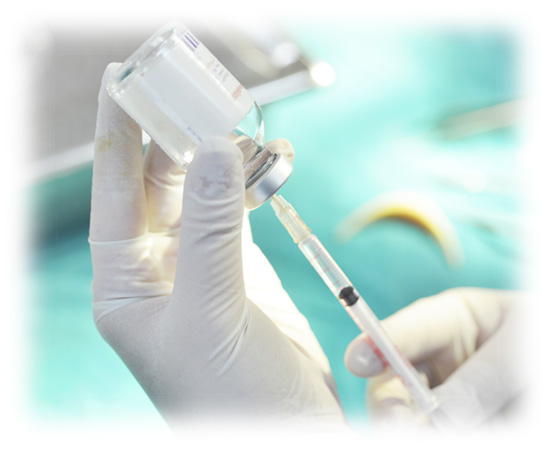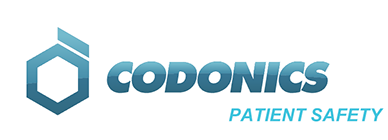Medication Errors
Overview
The operating room is a fast-paced environment where some of the most dangerous drugs are administered. Each year, one out of every 133 patients in the OR experiences a drug medication error. Of those errors, one in every 250 is fatal. Realizing no healthcare professional ever took an oath to do harm to a patient and that clinicians want to make a positive difference in people’s lives — we’re human. We make mistakes.
As acknowledged by Health and Human Services ARRA, the Institute of Medicine’s reports on medication errors, the World Health Organization and the Congressional Drug Quality & Security Act, medication errors harm an estimated 1.5 million people in the United States alone resulting in up to $3.5 billion in added medical costs. More people die from medical errors than motor vehicle accidents, breast cancer, or HIV1. Put into even more personal terms, every hospital patient may be subjected to as much as one medication error each day.

Bringing an end to preventable errors
Codonics Safe Label System (SLS) helps to prevent drug administration errors anywhere medications are prepared. A standard of care in the world’s leading hospitals, SLS uses barcode technology to identify vials and ampoules. In the OR, SLS integrates on the anesthesia drug cart. As the clinician removes medications from the cart, he/she simply swipes the barcode on SLS and visual and audible confirmation of the drug and concentration in hand is presented. SLS then presents the anesthesiologist with a TJC-compliant, full-color, easy-to-read and ready-to-apply barcoded label that includes the drug name, concentration, preparer’s initials, date and time of expiration, the diluent and dilution if required, and any warnings about the drug. This prepared medication can be scanned again at SLS, with visual and audible confirmation of drug, concentration, and expiration time, for a triple-check prior to administration.
As part of a total solution, SLS-WAVE, an accessory to Safe Label System, is a robust and highly accurate “hands-free” scanner that integrates with Epic Anesthesia and Plexus Anesthesia Touch to close the loop and bring BCMA to the OR. Situated conveniently within the anesthesia workflow, SLS-WAVE can be affixed to the Epic monitor or an IV pole, keeping the patient within reach. On the way to the port, the clinician simply “waves” an SLS prepared syringe (or most prefilled syringes) past SLS-WAVE and the NDC data is electronically passed to the AIMS/EHR workspace, significantly improving workflow. Simultaneously, the drug name and concentration are visually displayed to ensure safety and prevent syringe swaps.
This process:
- Helps reduce the three most common medication errors made in the OR: vial/ampoule swaps, mislabeling, and syringe swaps,
- Provides 100% compliance with The Joint Commission requirements and American Society of Anesthesiologists standards, and
- Increases safety by providing a triple check of medications prior to administration
Improves safety and compliance
SLS provides clinicians with a workflow-friendly means to reduce medication errors and consistently meet safety and compliance objectives. SLS is an intuitive, user-friendly device deployed at the point of care that effectively engages anesthesiologists to take control of a myriad of issues including TJC, ASA, USP, ASTM, ISO, ISMP and APSF standards, that until now have been nearly impossible to ensure. The innovative user features of SLS tackle these issues from its easy-to-use formulary (deployed in pharmacy) and point of care interface that ensures accreditation and regulatory compliance, consistency with best practice standards, and adherence to hospital rules and prompts the clinician at medication preparation with rules, alerts, and warnings every step of the way, ultimately improving safety, quality, and patient care.
1 Dhawan Ira, Tewari Anurag, Sehgal Sankalp, Sinha Ashish Chandra. Medication errors in anesthesia: unacceptable or avoidable. Rev. Bras. Anestesiol. Vol.67 no. 2 Mar/Apr 2017
